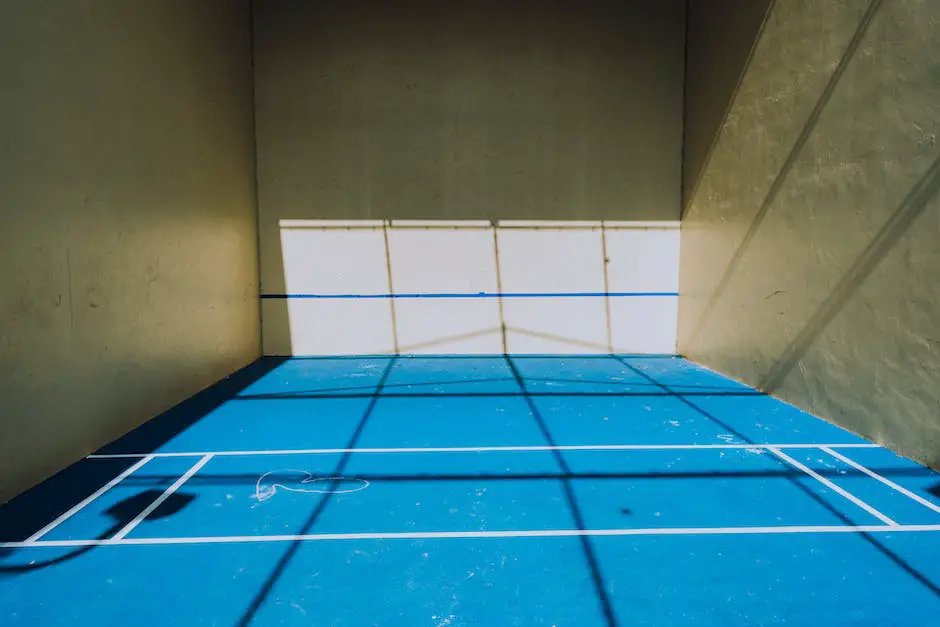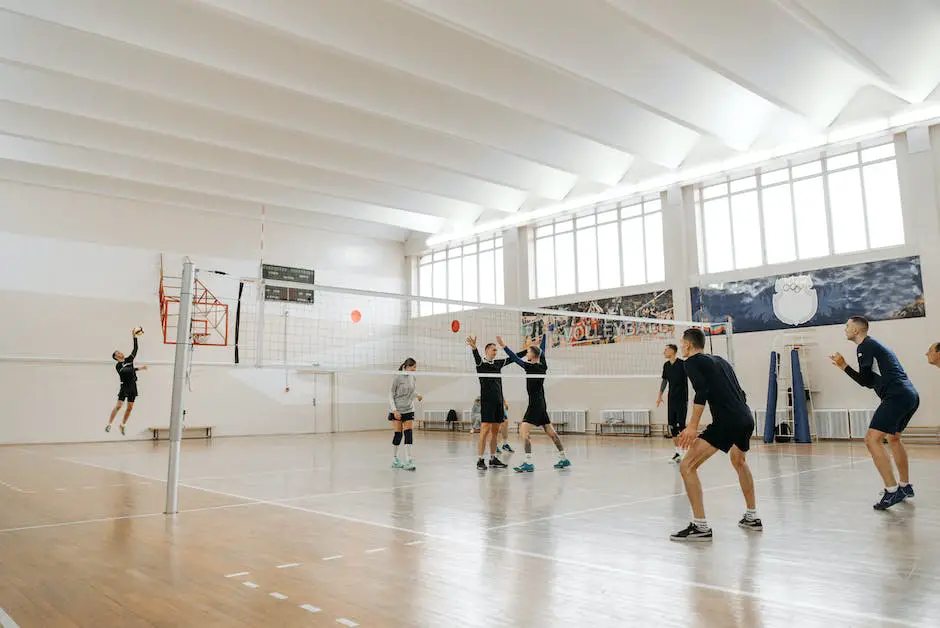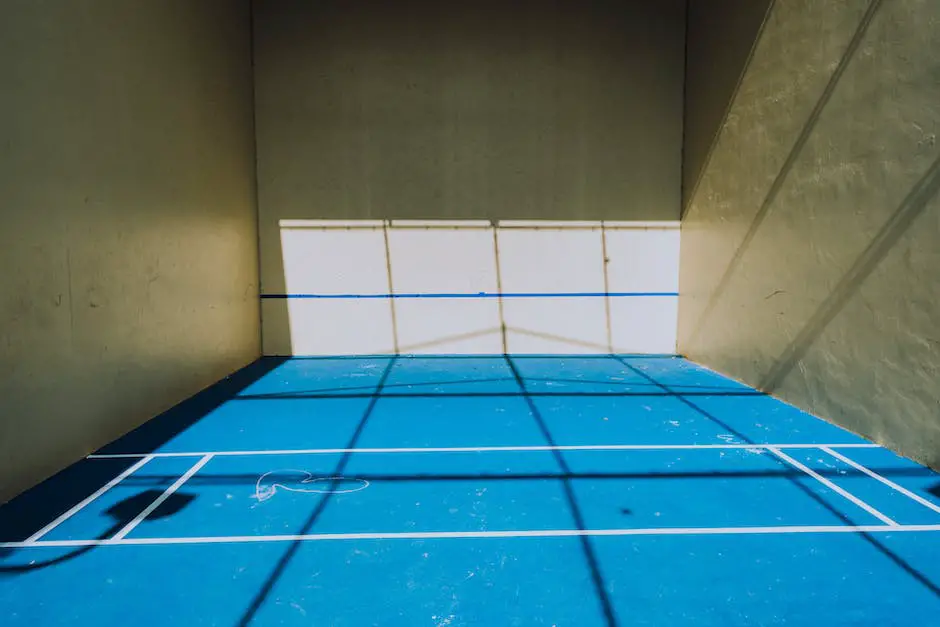It’s an exhilarating game of wits, agility, and strategic play – welcome to the dynamic world of pickleball. While it might have a quirky name, don’t be fooled; pickleball is a fascinating sport that uniquely blends elements of tennis, badminton, and table tennis. Like these, it rewards not just athletic prowess, but also smart strategy and adaptability. Whether you’re new to the court or seeking to improve your game, understanding the mechanics and subtleties of serving, offensive and defensive play, and adapting your strategy to counter your opponent are critical. In this deep dive, we’ll explore these aspects, providing comprehensive insight into how to strategically navigate your way through a pickleball game.
Understanding the Basics of Pickleball
Origins and Fundamentals of Pickleball
Pickleball was invented in 1965 on Bainbridge Island, a short ferry ride from Seattle, Washington. As a blend of ping-pong, tennis, and badminton, pickleball has grown in popularity over the decades, particularly among seniors and in school physical education programs.
As for necessary equipment, players require a pickleball paddle, which appears similar to a ping-pong paddle but is larger. Paddles can be made from a variety of materials including wood, graphite, and composite materials. Alongside the paddle, players use a lightweight plastic ball with numerous holes, similar to a whiffle ball.
Pickleball Court Details
Pickleball is predominantly played on a badminton-sized court (20×44 feet for both doubles and singles). The court features a seven-foot non-volley zone on each side of the net, known as the “kitchen”. This region is where volleys, hits taken without letting the ball bounce first, are forbidden. The net is hung at a height of 36 inches at the ends and 34 inches in the middle.
Basic Rules of Pickleball
The game begins with the right-hand server serving from the right side of the court, diagonally to the receiver in the opposite service court. A point is scored only by the serving team and occurs when the opponent faults (fails to return ball, steps into the ‘kitchen’ for a volley, etc.). When the serving team’s score is even (0, 2, 4, 6, 8, etc.), the player who was the first server in the game for that team will be in the right-side court when serving or receiving; when odd (1, 3, 5, 7, 9 etc.), that player will be on the left-side court when serving or receiving.
Understanding Pickleball Strategies
Strategy in pickleball covers a range of techniques and tactics designed to take advantage of the unique aspects of the game. An essential early strategy to master is hitting the ball softly into the non-volley zone (the ‘kitchen’), making it difficult for the opponent to hit a return volley. Mastering this ‘soft game’ is a crucial tactic, forcing opponents to move forward and hitting the ball up rather than spiking it down, reducing their ability to gain an advantageous position.
Another critical strategy is learning to exercise patience during play. Instead of trying to smash each ball, sending measured shots towards your opponent will control the pace of the game and increase your chances of scoring. Many successful points are scored on the third, fifth, or even seventh shot, not the first.
One higher-level strategy is ‘stacking’, where both members of a team stand on the same side of the court during serves and returns to maximize the usage of their best shots. This strategy requires advanced skills, fast footwork, and efficient communication between teammates.
Pickleball is a unique game that requires a strong understanding of its basics and the strategies associated with it. With this knowledge, individuals can create a more effective game plan that will not only enhance their performance but also increase their appreciation of the sport.

Serving and Return of Serve Strategies
Intro to Pickleball Serving Techniques
Serves form an essential part of Pickleball strategy and hence, learning to variedly use them for one’s advantage can be highly beneficial. Traditionally, serves require an underhand, low-to-high motion and must make contact with the ball below waist level.
The next crucial rule is that the served ball must land within the receiver’s service court before they attempt to strike it. Many players strategize on serving the ball deep to the baseline. This can be a reliable technique as it limits the receiver’s options.
However, incorporating variation such as a softer, shorter serve that prompts the receiver to move forward can disrupt their rhythm, giving the server an upper hand.
Importance of Positioning
Positioning is crucial to a successful game of pickleball.
When serving, the player must be behind the baseline on the appropriate side of the court for their score.
In doubles, partners often stand side by side near the center of the baseline to minimize the chance of a return passing between them.
After serving, moving quickly to the net is a common strategy.
This is because the ‘kitchen’ area in front of the net offers great control over the court.
Ball Placement
Directing the ball to specific areas can put the opponent at a disadvantage.
In pickleball, there are various ball placement strategies.
For example, serving towards the recipient’s backhand can often be beneficial because the backhand return is usually more difficult for many players.
Additionally, focusing your serves and returns away from the center of the court will force your opponents to move, therefore disrupting their positioning.
Return of Serve Techniques
Returning the serve is just as important as serving in pickleball.
Aiming for deep returns so that the ball lands close to the baseline may push serving players on their back foot, providing additional time for the returning team to move up to the net and set up a solid defense.
Another tactic includes returning the serve to the server’s partner, which often results in a less aggressive return.
Dos and Don’ts in Pickleball Serving and Returning
Do’s:
- Taking your time to focus before you serve or return. This helps to improve accuracy and reliability of your shots.
- Keeping your return of serve low over the net to limit the opponents’ chances for a powerful slam or quick volley.
Don’ts:
- Trying not to serve too aggressive or fast, as the game truly starts after the serve and return. This also minimizes faults.
- Additionally, don’t stand too close to the net following a return, as this leaves the back of the court open for opponents to take advantage of.
Perfecting serving and returning methods necessitates both practice and an intuitive understanding of your rivals. Every match may call for slight tactical modifications depending on your opponents’ abilities and game plans.

Offensive and Defensive Strategies
Pickleball Offensive Strategies
Similar to many other sports, the control of a pickleball game usually rests on the shoulders of smart offensive tactics. The serve, which happens to be the initial and most fundamental offensive strategy, is key. By ensuring your serve is both forceful and planned, you can immediately set your opponents on their toes. A deep serve, which sees the ball land just inside the backline of the court, helps in limiting the adversary’s response by keeping them at bay.
Another aspect of offense involves the positioning and targeting of shots. Instead of merely hitting the ball with all your might, try aiming for your opponent’s vulnerabilities or spots they cannot easily cover. The occasional change of pace or direction of the ball, such as unexpectedly dropping a shot following a series of forceful drives, helps in keeping the opponents guessing. Also, consider exploiting the middle of the court, which, in doubles play, is often a ignored area.
Lobbing, which is frequently undervalued, presents a fantastic offensive ploy. A well-targeted lob could dominate a rally by pushing your opponent away from the net, subsequently providing the offensive player the opportunity to seize the net position.
Pickleball Defensive Strategies
On the flip side, strong defensive strategies in pickleball are designed to counteract offensive maneuvers. The first line of defence in pickleball is the return of serve. It should be deep and ideally on the backhand side of your opponent. Staying near the baseline provides maximum time to react to the server’s next shot.
Blocking or soak-and-poke is a defensive strategy employed against power shots. The objective is to absorb the power of the coming ball and drop it lightly over the net into the non-volley zone. The defensive player avoids counter-punching and instead defuses the opponent’s aggressive shot.
Another key defensive strategy involves maintaining accurate positioning. Optimal court position can make it difficult for the opponent to find open spaces, forcing them into errors. Keeping a low centre of gravity and staying on your toes can help quickly respond to fast shots.
Transitioning Between Offensive and Defensive Play
Transitioning smoothly between offensive and defensive play is essential in pickleball. The transition phase usually begins with the serve and the return of serve. A deep serve with a third-shot drop can transition from a defensive position (serving team) to an offensive position at the net.
During the rally, players must adapt according to the situation, switching between defensive blocks and offensive drives or lobs. Consistently reevaluating your position and your opponent’s tactics to make appropriate tactical switches is a critical skill.
In pickleball, the key to establishing dominance in the game lies in the ability to nimbly switch between defensive and offensive play, as per the circumstances. It’s about discerning when to hunker down and when to seize the right moment to attack. This strikes the perfect balance required to effectively maintain control throughout the game.

Strategy Adjustments Based on Opponents and Conditions
Understanding Your Opponent’s Play Style: A Strategic Advantage
One key aspect of developing an effective pickleball strategy is to carefully analyze your opponent’s playing style. This involves keenly observing their movement patterns, favorite shots, strengths, and areas of vulnerability. For instance, question whether your opponent prefers staying at the baseline or is comfortable approaching the net. Do they rely more on a smashing power shot or rely on a subtle drop shot? Gathering these insights will equip you with the requisite knowledge to play on their vulnerabilities and purposefully avoid their strong suited areas.
Remember, pickleball is not just about brute force; it’s a game that requires cunning and strategy. Some players might be adept at forehand shots while others excel at backhand swings. A potent tactic is to steadily keep targeting your opponent’s vulnerable areas so as to steer the game in your favor and put them on the defensive.
Strategic Adjustments Based on Opponents’ Strengths and Weaknesses
Once you’ve analyzed your opponents’ play style, the strategy must adapt accordingly. Push your opponents into their discomfort zones. For instance, if your opponent is adept at net play, then keep them away from the net by strategically placing your shots deep into their court. However, if your opponent prefers to hang back and play baseline shots, then consider drop shots to force them to the net.
In doubles pickleball, focus on isolating one of the players—preferably the weaker one, to consistently score points. Bear in mind that maintaining an offensive on the weaker player doesn’t mean completely ignoring the stronger one. Rather, it’s about keeping an equilibrium between the threats posed by both players while taking considerable advantage exploiting the weaker one.
Decisions Based on Court Conditions or Scoreline
Just as in any sport, pickleball requires you to factor in the court conditions and the scoreline. If the court is wet or slippery, for instance, utilizing shots that keep the ball low on your opponent’s end could prove beneficial. The ball is likely to skid low and force your opponent to hit upwards, which could result in faults.
In terms of scoreline strategy, your decisions can greatly impact the outcome of a match. If you’re leading, you might play more conservatively, focusing on keeping the ball in play rather than going for risky winners. On the contrary, if trailing, more aggressive and opportunistic play may be required to catch up. It’s all about smart decision making, assessing risks, and making adjustments based on what the match demands at any given moment.
Adaptability Is Key
Pickleball is a dynamic sport, and the ability to adapt is crucial. No two points are the same, and a strategy that worked once might not work again. Therefore, being aware and adaptable to the changing circumstances can greatly enhance your chances of success. Stay open to adjusting your game strategy as each game progresses. Keep an eye on your opponent’s adaptations and counter-adapt to continue having the upper hand.
As much as skill and technique matter in pickleball, strategic adjustments can be the fine line separating victory and defeat. The sport demands the ability to think on your feet and adjust your game plan according to the evolving challenges offered by your opponents and the match conditions. Successful players are not only physically apt but also mentally agile.

The realm of pickleball strategy is vast, encompassing everything from the intricacies of serving and return play to the art of alternating between offense and defense. But beyond these aspects, it’s paramount to remember to adapt. The best players are not those with a single strategy, but those who can read their opponents and adjust their game to exploit weaknesses or counter strengths. Furthermore, the ability to make split-second decisions based on the scoreline or the condition of the court can turn the tide in your favor. So equip yourself with the right knowledge, practice diligently, stay adaptable, and most importantly, enjoy the game. After all, pickleball, like any sport, is played best when played with passion and joy.